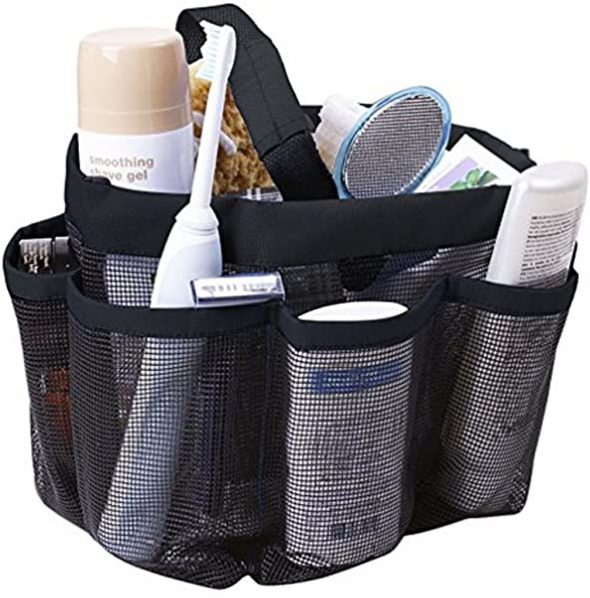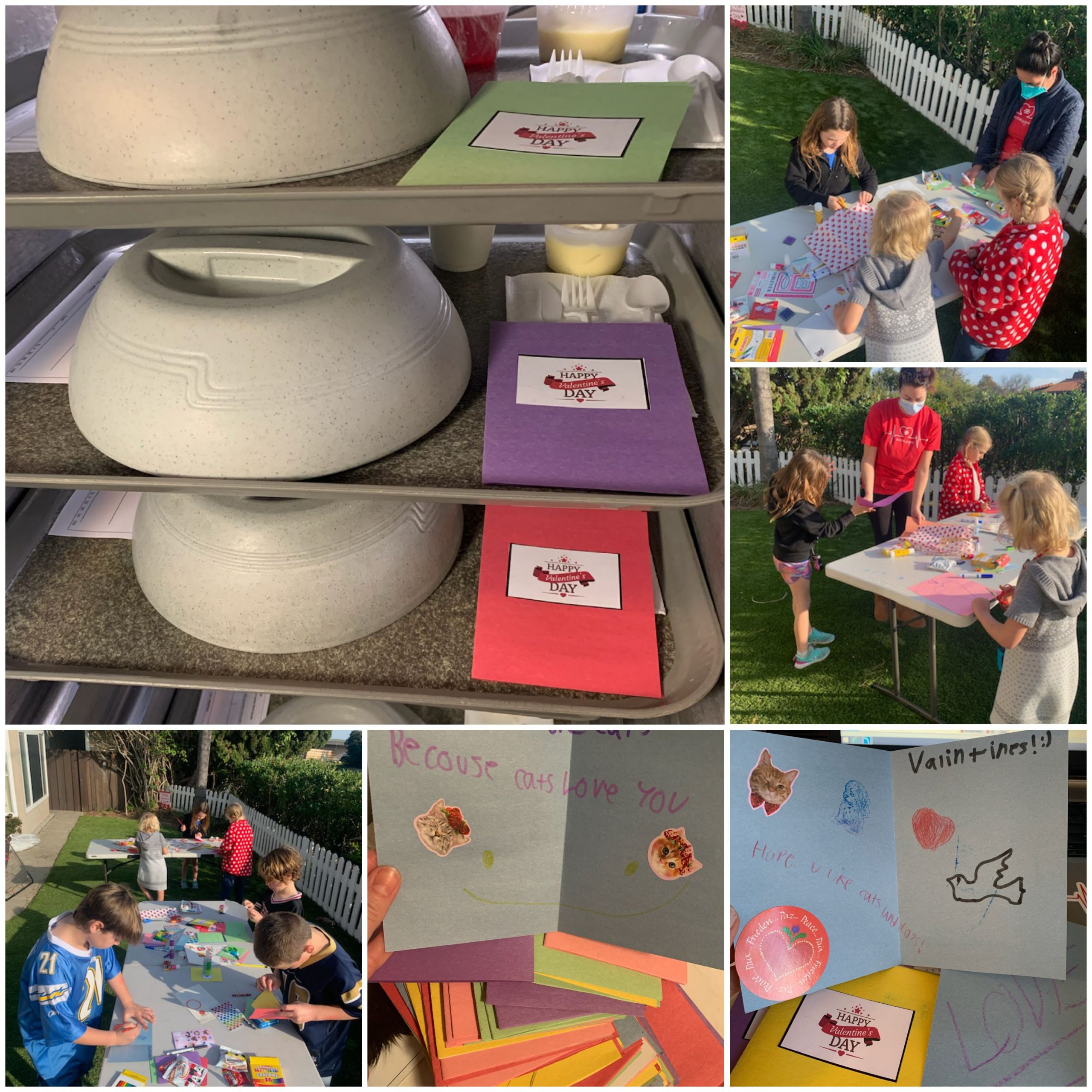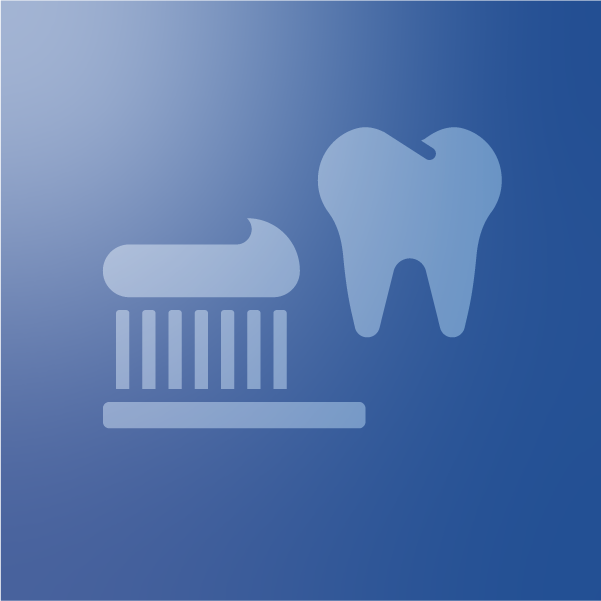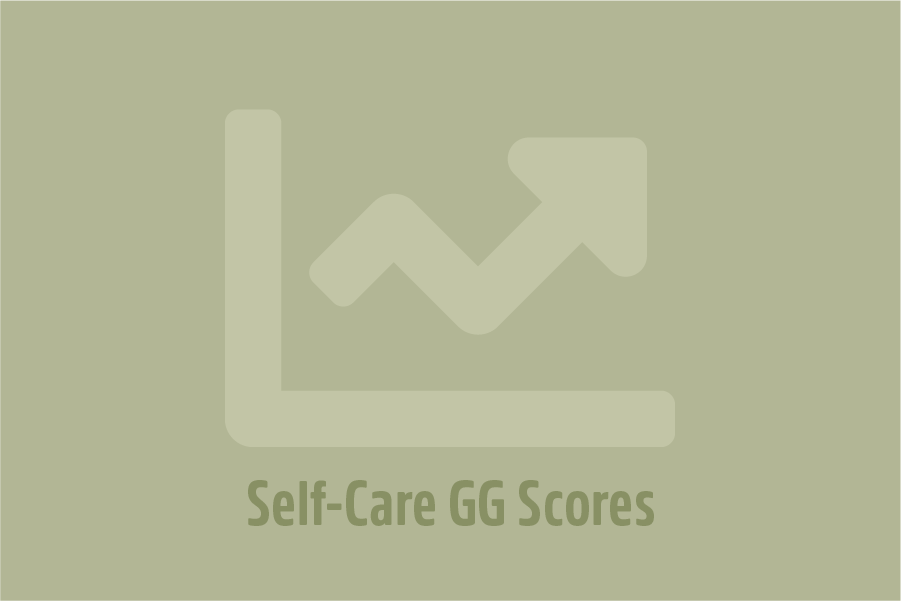Resident K is a 52-year-old man who was referred to Physical Therapy for chronic, non-healing pressure ulcers of the coccyx and ischial tuberosity and severe pain.
- PMH: Spina Bifida, B AKA, HTN, colostomy; wounds have been present approximately 10 years. Patient underwent flap surgery five years ago; wound vac has been unsuccessful in promoting healing
- PLOF: Modified Independent in transfers and wheelchair mobility; has resided in nursing homes for 10 years; history of being non-compliant with pressure relief and positioning
Evaluation status (4/2020):
- Mobility: Modified I transfers and wheelchair mobility; tilt in space motorized chair with ROHO cushion
- Strength or ROM deficits: No
- Wound 1: Coccyx: Stage 4 pressure ulcer: 1.5L x.7W x.6D; necrotic <25%
- Wound 2: Ischial Tuberosity: Stage 4 pressure ulcer: 3.5L x 3.0W x 3.0D
- Pain: 7/10 with any movement, related to wounds
Wound care: Dakins solution
Patient reluctantly agrees to PT POC to initiate in-wound electrical stimulation (HVPC) five times a week to facilitate increased wound bed granulation, decrease necrotic tissue, decrease pain and facilitate wound healing. Patient states, “These wounds won’t heal; they’ve been there forever and I’ve tried it all.”
D/C plan: reside in skilled nursing facility
Discharge status (10/2020):
- Wound 1: Coccyx: Resolved
- Wound 2: Ischial Tuberosity: .3L x .3W x .2D
- Pain: 0/10
- Patient is discharging to an Assisted Living Facility
As the wounds began to improve, patient K began to be compliant with positioning and pressure relief. During the course of treatment, estim protocol changed from negative to positive polarity in wound, and then finally peri-wound as wounds became too small for in-wound electrode placement. Dressing changes occurred through IDT wound team consultation. Treatment included patient/caregiver education throughout.
Kudos to the Pueblo team for being willing to tackle the “impossible” wounds and having the perseverance to hang in there! They understood that chronic healing takes time. Meeting requirements of documenting progress every 30 days, changing protocols when healing began to plateau, and using skilled assessment allowed them to continue the POC to closure/near closure of the wounds.
Submitted by Shelby Donahoo, M.S., OTR/L, Therapy Resource, Bandera








 When Sara Mohr, CFY at Sabino Canyon in Tucson, Arizona, was a SLP graduate student at the University of Arizona, the reality for those on modified diets became clear. Often a diagnosis of dysphagia brings confusion and worry. Getting modified diets right seems obvious, but actually can be quite hard. Options seemed few: mashed potatoes, blended meat and yogurt. She found few resources out there for patients in terms of appealing and tasty recipes with easy instructions for cooking and modifying.
When Sara Mohr, CFY at Sabino Canyon in Tucson, Arizona, was a SLP graduate student at the University of Arizona, the reality for those on modified diets became clear. Often a diagnosis of dysphagia brings confusion and worry. Getting modified diets right seems obvious, but actually can be quite hard. Options seemed few: mashed potatoes, blended meat and yogurt. She found few resources out there for patients in terms of appealing and tasty recipes with easy instructions for cooking and modifying.


